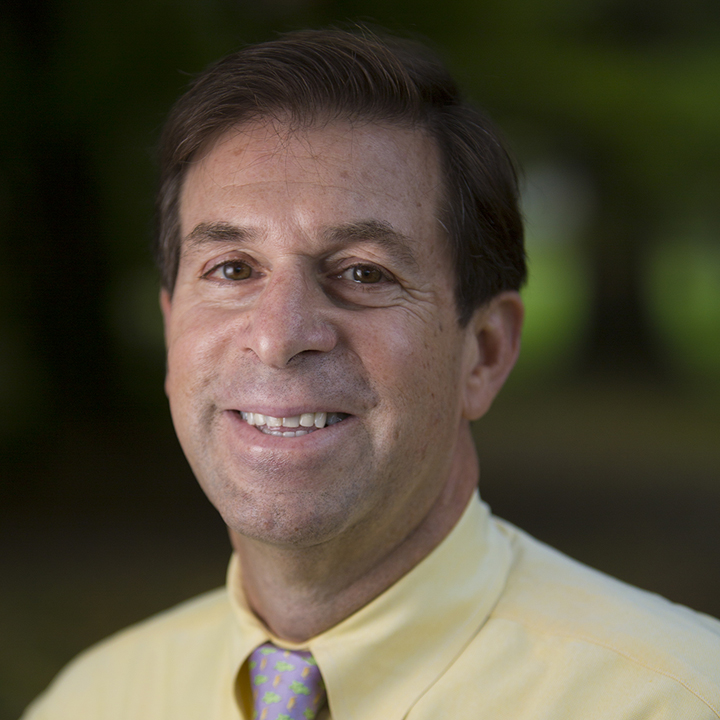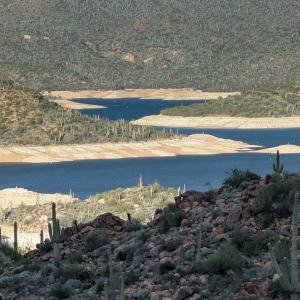 https://www.circleofblue.org/wp-content/uploads/2022/03/lakebartlett.jpeg
860
1600
Keith Schneider
https://www.circleofblue.org/wp-content/uploads/2018/06/Circle-of-Blue-Water-Speaks-600x139.png
Keith Schneider2022-03-28 09:47:422022-12-08 22:28:19Arizona’s Future Water Shock
https://www.circleofblue.org/wp-content/uploads/2022/03/lakebartlett.jpeg
860
1600
Keith Schneider
https://www.circleofblue.org/wp-content/uploads/2018/06/Circle-of-Blue-Water-Speaks-600x139.png
Keith Schneider2022-03-28 09:47:422022-12-08 22:28:19Arizona’s Future Water Shock20 Years of Severe Drought Impede Huge Developments in Southwest
Uncertain path forward for largest development ever proposed in Arizona.
By Keith Schneider
Circle of Blue
January 5, 2023
BUCKEYE, AZ. — The White Tank Mountains were the backdrop in October when senior executives of the Howard Hughes Corporation broke ground for Teravalis, the largest planned community ever proposed in Arizona. Hughes’ plan is to turn 37,000 acres of Sonoran Desert west of Phoenix, nearly 60 square miles, into 100,000 homes and 55 million square feet of commercial space where 300,000 people will live and 450,000 will work.
Modeled after Irvine Ranch in California, the largest planned community in the United States, Teravalis is seen by local and state elected leaders as a crowning achievement in a booming real estate market. Jay Cross, the company’s president, assured gathered guests that Teravalis “will provide an exceptional quality of life and opportunities for growth.”
But Teravalis also expresses the intensifying challenge in Arizona and four other fast-growing desert Southwest states to build huge mixed use residential projects in an era of water scarcity. Persistent dry conditions are driving up the cost of water and prompting more resistance from government and citizens to new development. Those trends, in turn, also are prompting innovations in community design and installation of expensive infrastructure to use less fresh water and recycle more wastewater.
The source of concern, confrontation, and new practices is the deep drought that has settled on the Southwest since 2000 that is exacerbated by climate change. Water flow has dropped precipitously in the Colorado River and other surface water supplies that serve Arizona and its neighboring states. That is putting more pressure to supply homes and businesses from finite water reserves held in aquifers.
The consequences are being felt across the arid West. In Arizona, groundwater levels are falling so fast that thousands of residential wells are going dry all over the state. In 2021 the Arizona Department of Water Resources halted new residential home construction in Pinal County, south of Phoenix, because groundwater pumping exceeded the supply.
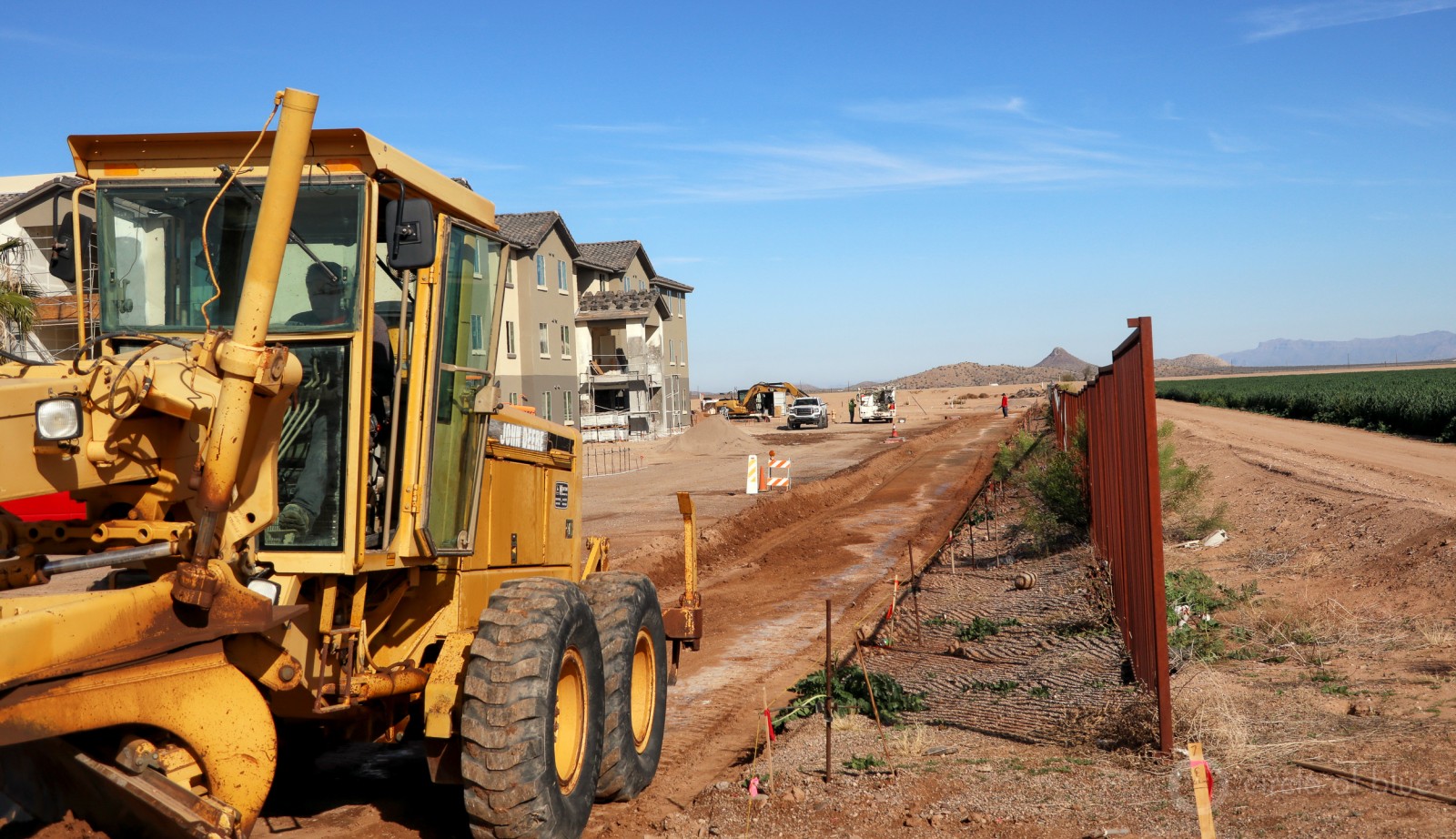
The Arizona Department of Water Resources halted new residential home construction in Pinal County, south of Phoenix, because groundwater pumping exceeded the supply. Photo © Keith Schneider / Circle of Blue
Impediments to New Development
Because of scarcity it now costs $65,000 to $75,000 to connect new homes on Colorado’s Front Range to water suppliers, according to home developers. In New Mexico, two proposals for big planned communities outside Albuquerque have languished due to concerns over available water.
Campbell Ranch proposed more than a decade ago to build 4,000 residences for 12,000 people, a commercial and retail center and two golf courses on 8,000 acres in the mountains east of the city, according to planning documents. Groundwater use will total about 400 million to 500 million gallons annually, and local governments and citizen groups have objected.
The Office of the State Engineer also objected because it found that Campbell Ranch would not meet a New Mexico requirement for developers to demonstrate that their projects have a 70-year supply of water. “It’s fundamental. You’re not doing that development without water,” said Kathy Freas, co-founder of East Mountain Protection Action Coalition, a citizens group.
Similar concerns are buffeting Santolina, a 13,700-acre planned development proposed in 2014 by Western Albuquerque Land Holdings. Located between the city and the Rio Grande River, Santolina is the focus of active public opposition because it would need 7.3 billion gallons of water a year to serve its 90,000 residents. Bernalillo County required the developer to install expensive wastewater treatment and recycling infrastructure to reduce water use and waste. The developer has submitted a new development plan that would convert hundreds of acres from housing to solar energy development, a change that significantly reduces water consumption but could also require WALH to restart the planning process.
“In the West water has always been an issue, right? People are just much more alert now,” said Enrico Gradi, deputy county manager for Bernalillo County, who is overseeing the review of the Santolina project.
Neither Campbell Ranch nor the Land Holdings company responded to interview requests.
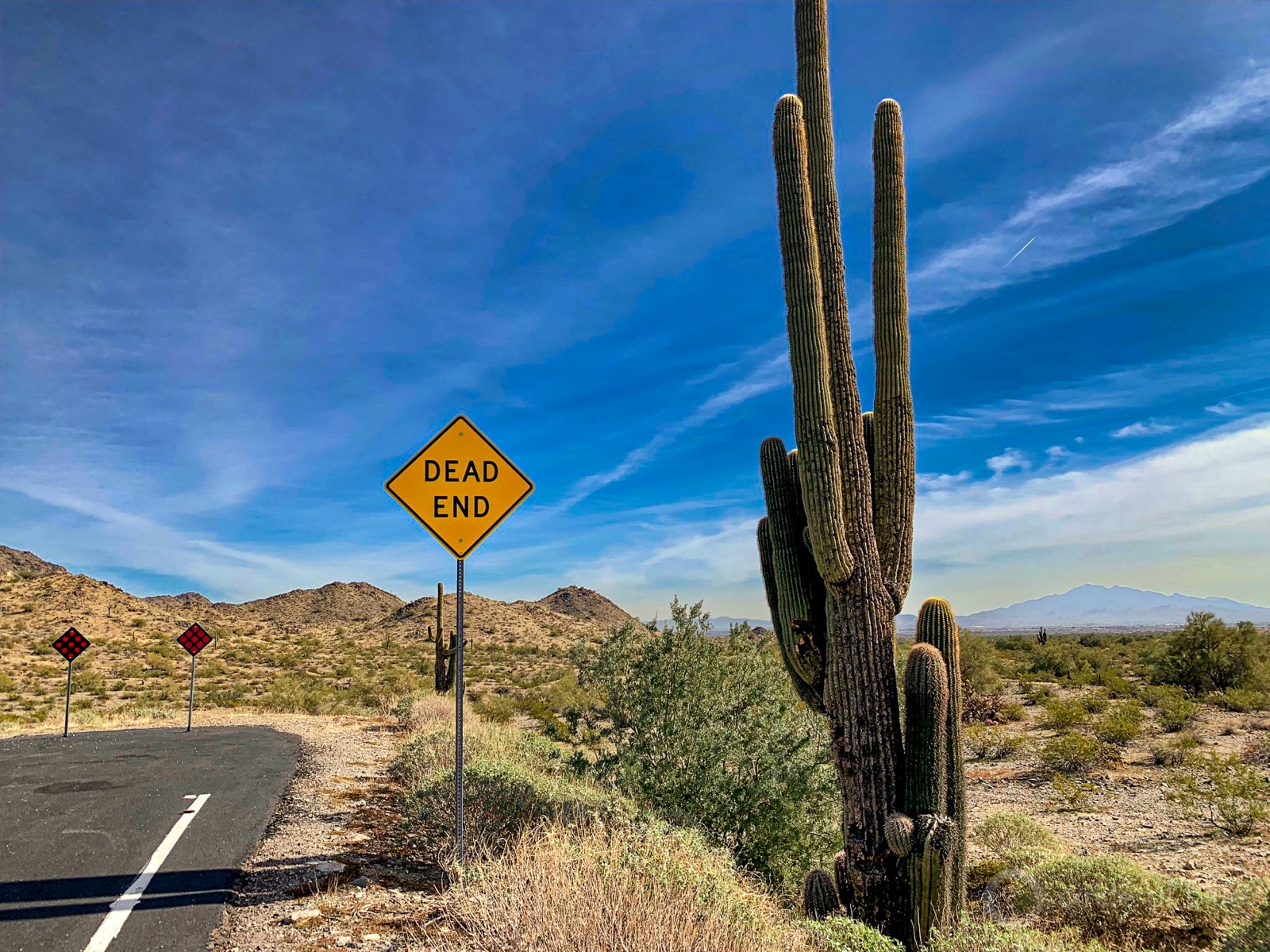
The city of Buckeye, where Teravalis is located, is one of the West’s fastest growing cities. It uses 11,000 acre-feet of water annually – nearly 3.5 billion gallons — for 115,000 residents. Photo © Keith Schneider / Circle of Blue
Developers Respond With New Designs For Growth
Another unmistakable result of water scarcity is the changing design of Southwest’s planned communities. They no longer feature big lakes, irrigated lawns, golf courses, and open drainage canals. One example is Sterling Ranch near Littleton, Colorado. Under construction since 2015, the 3,400-acre project is spending $350 million for a closed-loop water supply system that collects, treats, and recycles wastewater for over 12,500 residences that are planned, plus commercial and retail spaces. The development has no golf course because of the 130 million gallons Front Range courses typically use each year. Its roads and parks are designed to collect and store stormwater for reuse. The developers, Harold Smethills and his son Brock, are studying how to most efficiently collect and use rainwater from rooftops.
“Until there’s scarcity most developers aren’t incentivized to conserve water,” said Brock Smethills. “For us, the incentives were aligned day one to use less water and conserve as much as possible.”
Another example is Verrado, an 8,800-acre planned community 25 minutes south of Teravalis in Buckeye. Opened in 2004 by DMB Associates, an Arizona-based developer, the community has 60,000 square feet of office and retail space in a town center, and is permitted to build 14,000 residences. Just over 6,000 are completed and house 16,000 residents. Along with 30,000 trees for shade and to slow evaporation, Verrado features a water recycling system that collects all of the wastewater from homes and businesses and directs it to a treatment plant capable of recycling 1.5 million gallons a day that is stored and used to irrigate two golf courses.
“Every responsible developer in Arizona knows water is a constraint,” said Dan T. Kelly, DMB’s chief operating officer and general manager. “It’s the first question you deal with.”
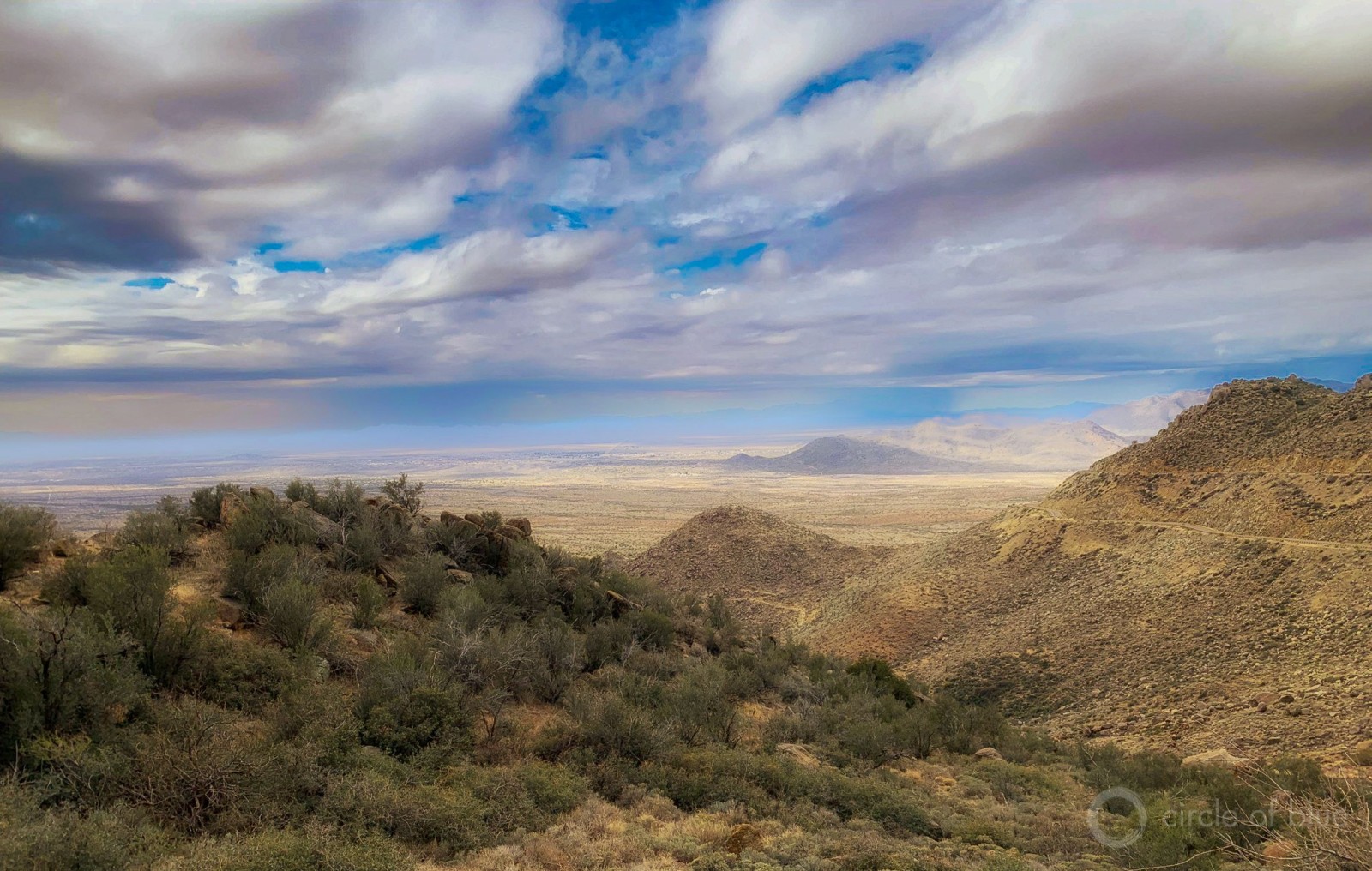
The source of concern and confrontation over new development is the deep drought that has settled on Arizona and its Southwest neighbors since 2000 that is exacerbated by climate change. Photo © Keith Schneider / Circle of Blue
Path Forward is Tricky For Hughes
The intensifying attention to water supply is especially relevant to the Teravalis project. Hughes paid JDM Partners and El Dorado Holdings $600 million to purchase the property. The previous owners proposed to build Trillium West, a 3,000-acre planned community that would rely on the Hassayampa Basin, an aquifer beneath the project, to supply water. In 2006, the Arizona Department of Water Resources issued two certificates for 4,228 acre-feet of water – 1.35 billion gallons — to build 7,000 homes. The certificates are still valid so long as Hughes adheres to its terms.
But Hughes does not have access or certificates to supply water to the other 34,000 acres – 90 percent of its property. The Department of Water Resources has put the Hassayampa Basin off limits to new development while it studies how much water the underground reserve actually holds. It’s such a sensitive topic that Hughes cancelled a scheduled interview about the project and its water supply.
Arizona’s development community is confident that Hughes Corporation has the capacity to build Teravalis. The company, which developed six other big planned communities in four other states, has 32 years of experience in managing water for a big desert community. Its first planned project is Summerlin, a 22,500-acre development with 100,000 residents outside Las Vegas.
Hughes water supply options for Teravalis, some available now, others that will require a change in state law and regulation, include tapping another aquifer and delivering water by pipeline. It could lease water from one of Arizona’s Native American tribes that have extensive water rights.
Hughes also could buy rights to Colorado River water. Queen Creek, a Phoenix suburb, secured state permission and is preparing to spend $27 million to draw 2,000-acre feet annually from the river– nearly 750 million gallons – for its 66,000 residents. Whatever the company decides, the cost of water for Teravalis, typically a few hundred dollars an acre-foot in Arizona (nearly 326,000 gallons) will be much higher than it is today.
The adage in the West that “water runs uphill to money” applies. Earlier this year Arizona lawmakers approved a $1 billion, three-year appropriation, essentially a down payment to secure stable water supplies. “We’re at the very start of a new era of innovation and investment,” said Greg Vogel, founder and chief executive of Land Advisors Organization, a national brokerage and development consultancy based in Scottsdale. “Teravalis will be in the making for 50 years, maybe 70 years until buildout. They’ll have enough water.”
By no means, though, is that a consensus view.
The city of Buckeye, where Teravalis is located, uses 11,000 acre-feet of water annually – nearly 3.5 billion gallons — for its 115,000 residents. At current rates of use in Arizona, Teravalis’ water consumption could amount to three times as much.
In 1980, Arizona enacted a groundwater conservation law that requires developers to assure buyers that their homes and businesses have a 100-year water supply. The law also requires developers to replenish aquifers with the same amount of water that they withdraw.
Bruce Babbitt, who in the first of his two terms as Arizona’s governor signed the 1980 groundwater law, is not reticent. He asserted that Teravalis will not meet the 100-year water supply requirement. Nor will it be able to replenish the aquifer with the billions of gallons of water it will use annually. “My conclusion, based on a lot of analysis, is the project is not viable on the scale they are talking about,” Mr. Babbitt said.
Featured image: Water scarcity is intensifying the challenge in Arizona and four other fast-growing desert Southwest states of building mixed use residential projects, like this one south of Phoenix. Photo © Keith Schneider / Circle of Blue
A version of this article was published by The New York Times on December 27, 2022.
The Biggest Dry: Arizona
Extreme heat and drought are pushing the state to water supply peril.
 https://www.circleofblue.org/wp-content/uploads/2022/03/lakebartlett.jpeg
860
1600
Keith Schneider
https://www.circleofblue.org/wp-content/uploads/2018/06/Circle-of-Blue-Water-Speaks-600x139.png
Keith Schneider2022-03-28 09:47:422022-12-08 22:28:19Arizona’s Future Water Shock
https://www.circleofblue.org/wp-content/uploads/2022/03/lakebartlett.jpeg
860
1600
Keith Schneider
https://www.circleofblue.org/wp-content/uploads/2018/06/Circle-of-Blue-Water-Speaks-600x139.png
Keith Schneider2022-03-28 09:47:422022-12-08 22:28:19Arizona’s Future Water Shock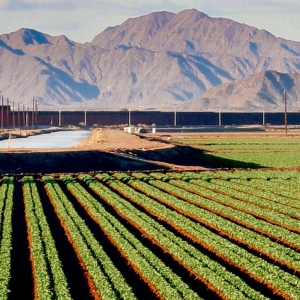
Unsafe Yield

At Peak of Its Wealth and Influence, Arizona’s Desert Civilization Confronts A Reckoning Over Water
Circle of Blue’s senior editor and chief correspondent based in Traverse City, Michigan. He has reported on the contest for energy, food, and water in the era of climate change from six continents. Contact
Keith Schneider
Related
© 2023 Circle of Blue – all rights reserved
Terms of Service | Privacy Policy

